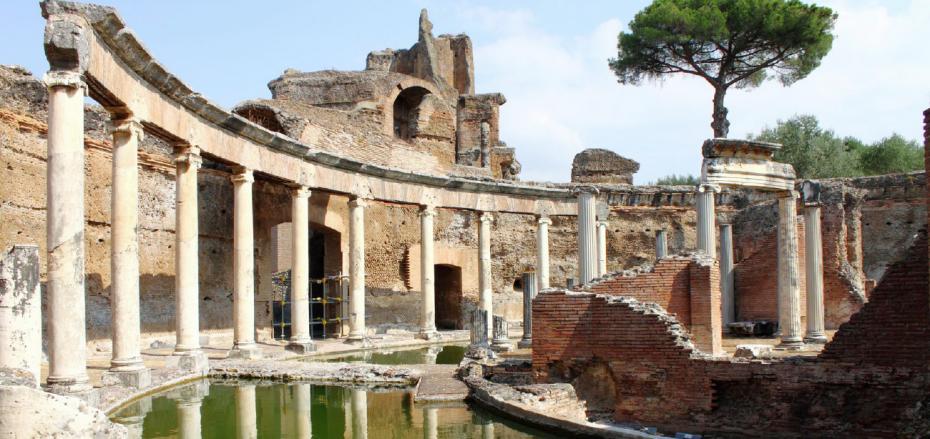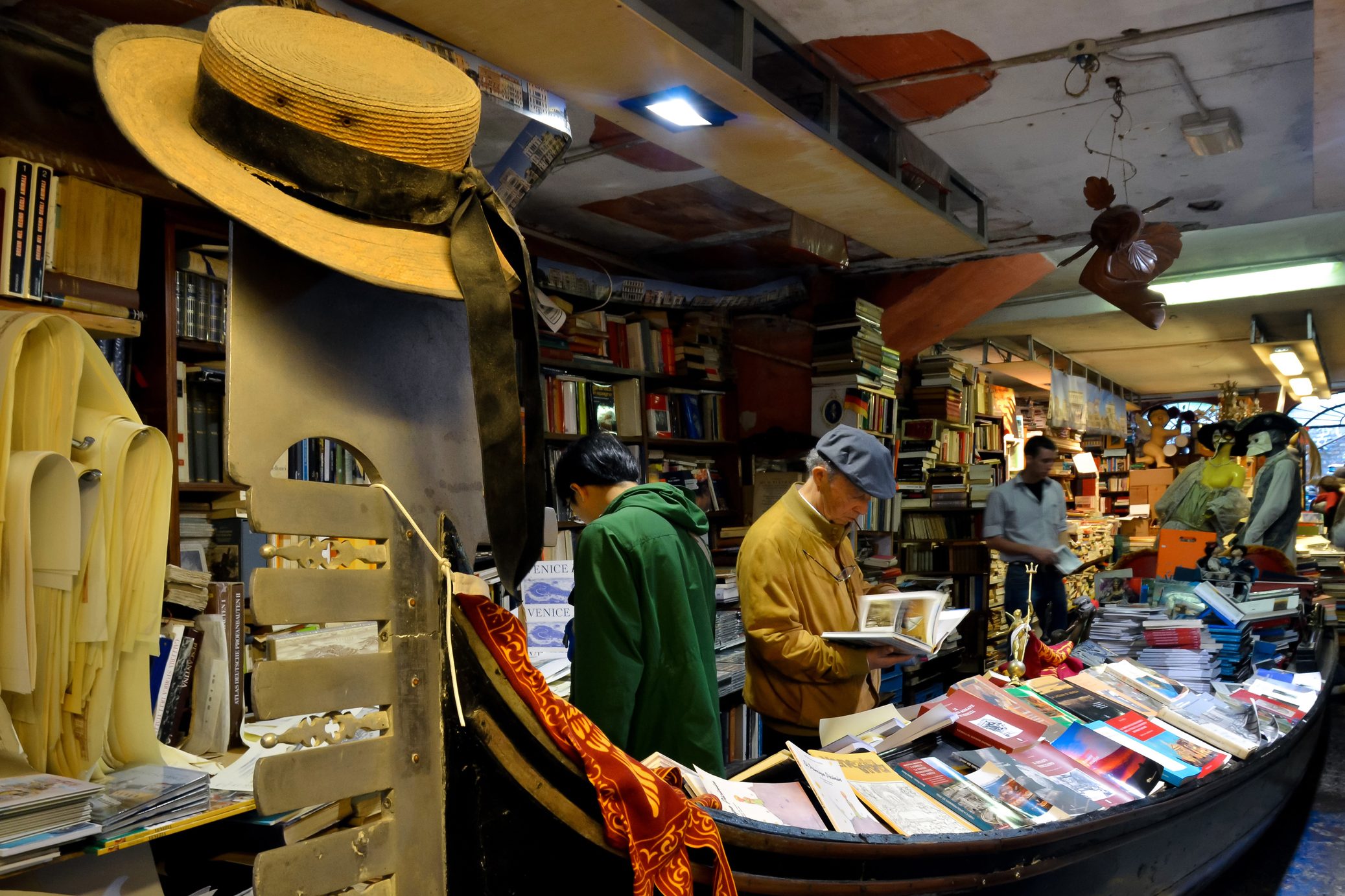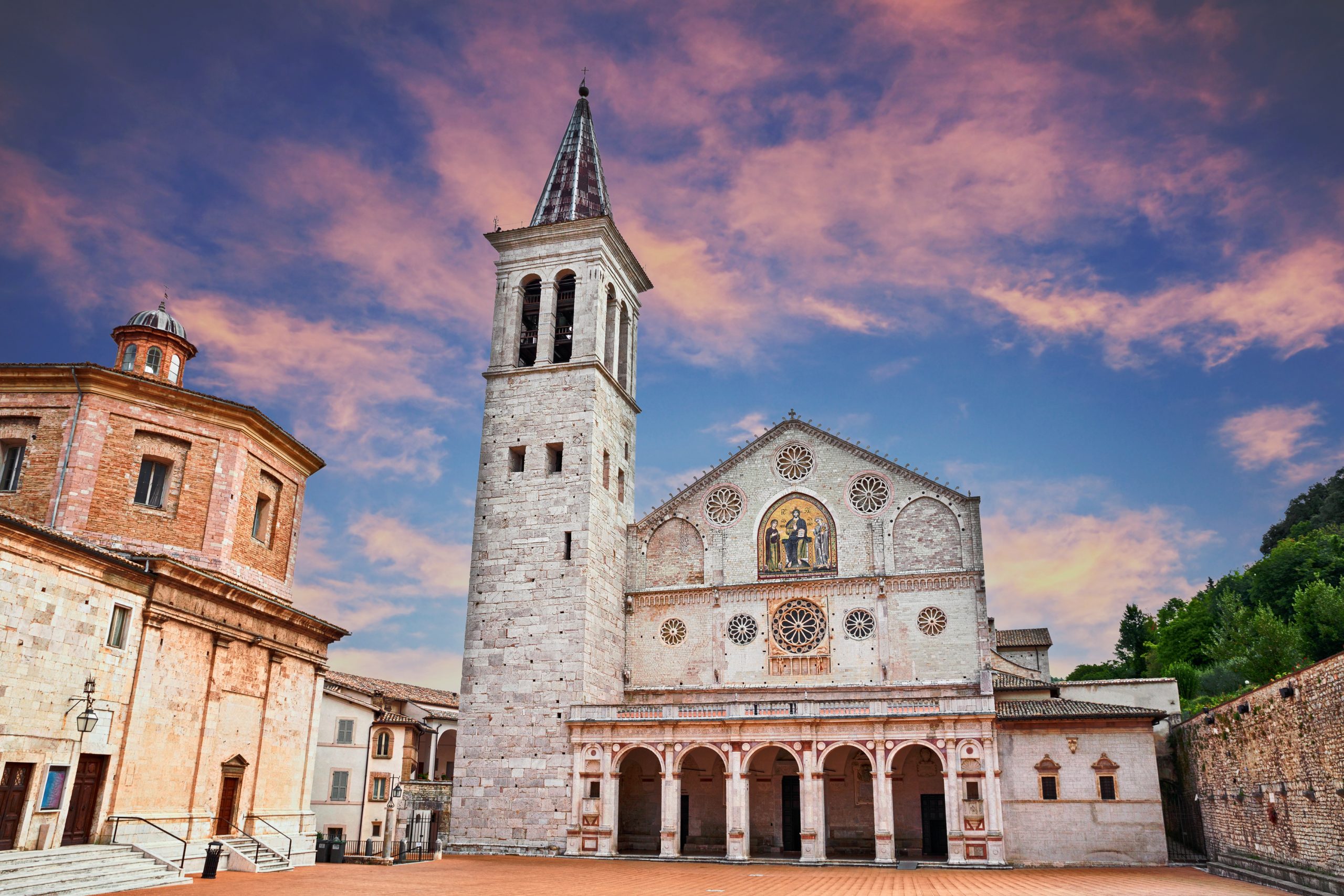Did you know that Italy counts a whooping 50 UNESCO World Heritage Sites? That makes it the country with the most sites on the World Heritage List. And while some are very well known around the globe – think glitzy Amalfi Coast, the stunning archeological area of Pompeii, and the historical centers of cities such as Florence and Rome – some others are definitely less known, but worth visiting and exploring.
Aquileia (Friuli): Its large archeological site and its stunning Basilica make Aquileia an amazing destination for history buffs. Founded by the Romans in 181 B.C., the city offers some of the best-preserved testimonies to Ancient Rome’s grandeur. The Basilica, built around the year 1000, is also a must-see, as it features magnificent mosaics that date back to the 4th century, when a Paleochristian religious complex stood in the same spot.
Barumini (Sardinia): Located in south-central Sardinia, the Nuragic complex of Barumini is an extremely valuable archeological site as it showcases some of the most complete and well-kept remains left by the ancient Nuragic civilization. Nuraghi, the type of ancient megalithic building typical of Sardinia, were defensive towers in the shape of a truncated cone and around 7000 can still be found around Sardinia. The wonderful particularity of the Barumini complex is that visitors can see not only the lookout tower, but they can also walk through the ruins of an entire village, exploring the evidence that narrates the ancient habits and customs of this fascinating and mysterious population.
The Rock Art of Valcamonica (Lombardy): Valcamonica and its rock drawings were the first of Italy’s UNESCO Sites, inserted in the list in 1979. This valley near Brescia and Bergamo takes its name from the Camuni, a population that lived in the region during the Iron Age (1st millennium B.C.) More than 250,000 rock engravings make Valcamonica one of the largest petro glyphic collections around the globe and a stunning and awe-inspiring site to see.
Hadrian’s Villa at Tivoli (Lazio): Built at the request of Emperor Hadrian, the monumental villa was built in 117 A.D. less than 20 miles from Rome. To this day, visitors can admire the Poecile, a beautiful garden surrounded by an arcade with a swimming pool, a series of impressive statues and the remains of the Emperor’s thermal baths.

Pienza (Tuscany): A pearl of the Renaissance, Pienza, located in the heart of Val d’Orcia, is a perfect example of 15th century architecture, with sophisticated piazzas and beautiful palazzos. The Cathedral of Santa Maria Assunta, also known as Pienza’s Duomo, presents a perfect balance of Gothic and Renaissance elements, making it one of the most interesting churches in the region. Palazzo Piccolomini and Palazzo Borgia are also worth a visit as they both served as Papal residences in the past and they showcase some beautiful and opulent pieces of art.
Mount Etna (Sicily): Continental Europe’s most active volcano, Mount Etna has plenty of natural beauty to offer to its vistors, as well as some breathtaking views over Sicily and the Messina Strait. The Etna Natural Park, established in 1987, is a great place for tourists to wander via a number of nature paths, to see the volcano’s smaller openings, produced by eruptions over time. Those who reach the summit will definitely be rewarded: the view from the top is unparalleled, as on clear days one can see all the way to the Island of Malta.

Castel del Monte (Apulia): Not too far from Bari, Castel del Monte, commissioned by Frederick II of Swabia in the 13th century, is considered one of Italy’s most magnificent examples of medieval architecture. Visitors can admire diverse styles from different eras, such as Romanic lines, Gothic towers, Classical interiors and Moorish mosaics. Walking through its stupendous rooms is a somewhat mystical experience, a real must-do and unique experience while visiting Apulia.
The Pile Dwellings of the Alps (Lombardy/Veneto): A series of 111 prehistoric pile dwellings were identified along the Alps, 19 of which lie within Italy in Lombardy, Veneto, Piedmont, Friuli and Trentino. The largest concentration of dwellings can be found in the Lake Garda area, where one can see the remains of huts made of straw, wood, cane and other materials built into a wooden platform supported by wooden stilts that run to the bottom of the beds of rivers, lakes, lagoons, swap and, sometimes, dry land.































